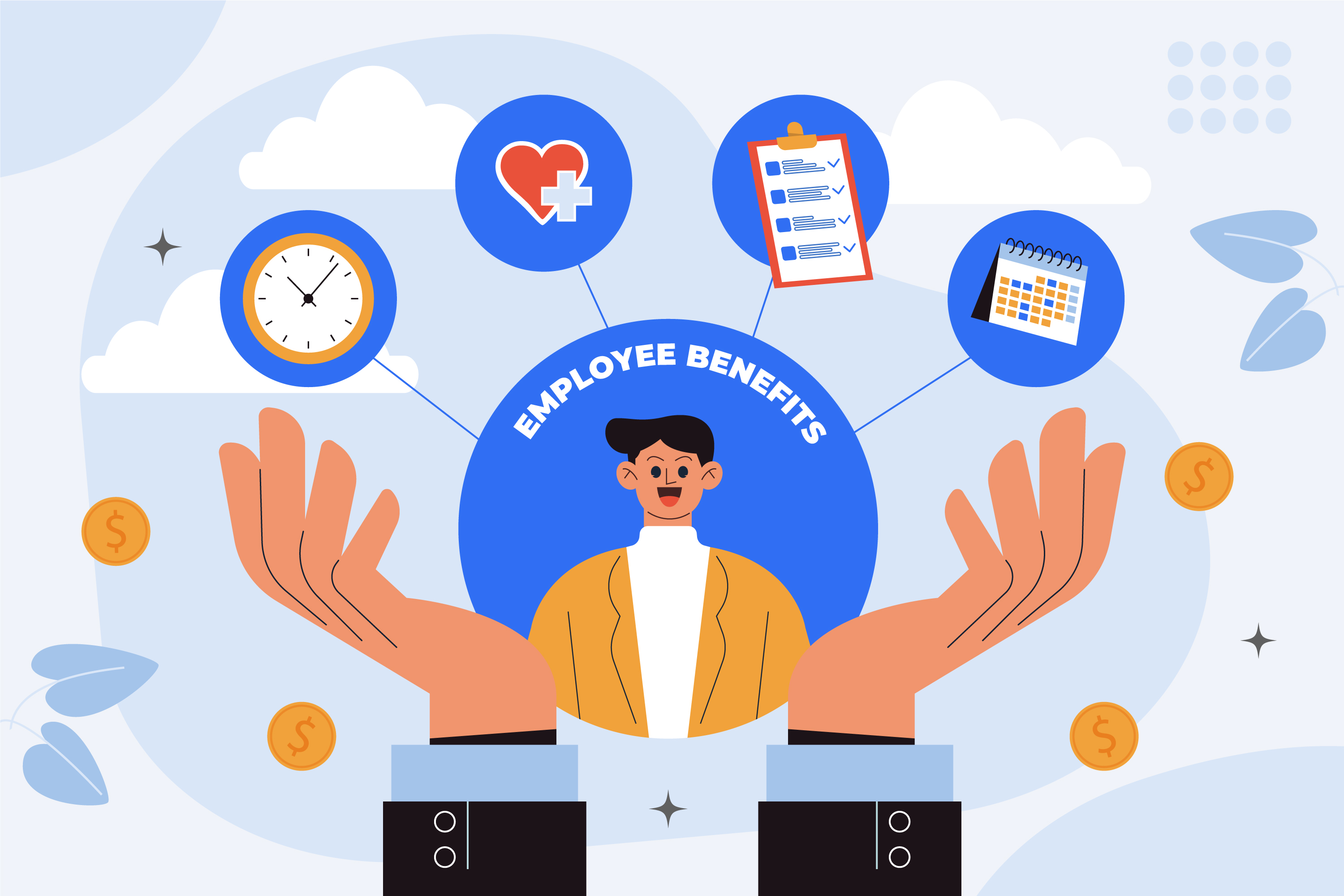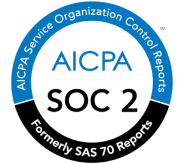Table of Content
- Introduction
- Brief Explanation on Employee Benefits Administration
- Importance of Employee Benefits
- What are the 3 Key Elements of Employee Benefits?
- What are the Best Practices for Implementing Employee Benefits Administration?
- What are the latest Trends in Employee Benefits?
- What are the Top Challenges in the Administration of Employees Benefits?
- How to Implement Effective Administration?
- Conclusion
- FAQs on Employee Benefits Administration
Introduction
Welcome to the comprehensive guide on "What is Employee Benefits Administration?" – a crucial aspect of ensuring the well-being and satisfaction of your workforce. Today, we'll be learning about employee benefits administration, covering its definition, significance, key components, best practices, current trends, and challenges. Let's embark on a journey to understand and master the art of administering employee benefits effectively.
Want to skip the post?

Brief Explanation on Employee Benefits Administration
Employee benefits administration or EBA helps HRs manage and oversee the benefits offered to employees by an organisation. These benefits go beyond the basic salary and encompass various perks, such as health insurance, retirement plans, and paid time off. Efficient administration ensures that employees receive the promised benefits promptly, contributing to their overall job satisfaction and loyalty.
Importance of Employee Benefits
- Retention and Recruitment
In today's competitive job market, retaining top talent is paramount. Offering attractive benefits can set your organisation apart, making it an employer of choice.
- Employee Satisfaction
Satisfied employees are more productive and engaged. Employee benefits, when administered effectively, contribute significantly to job satisfaction, creating a positive work environment.
What are the 3 Key Elements of Employee Benefits?
- Health Insurance
Providing comprehensive health insurance is a cornerstone of employee benefits packages. It ensures that employees have access to quality healthcare, promoting their well-being. You can also get open enrollment help from your employer in case you want to change your health insurance plan or cancel the coverage.
- Retirement Plans
Supporting employees in planning for their future with robust retirement plans fosters a sense of security and loyalty.
- Paid Time Off
Adequate time off is essential for maintaining work-life balance. Well-structured paid time off policies contribute to employee happiness.
Also read: 3 Employee Reward System Benefits
What are the Best Practices for Implementing Employee Benefits Administration?
- Customisation
Tailoring benefits to the diverse needs of your workforce enhances their value. A fixed approach may not address the unique requirements of each employee.
- Clear Communication
Transparent communication about available benefits, changes, and procedures ensures that employees fully understand and appreciate their offerings.
- Compliance with Regulations
Staying compliant with ever-evolving employment regulations is critical. It protects both the organisation and its employees.
Also read: Basics of Employee Benefits and Compensation in HRM
What are the latest Trends in Employee Benefits?
- Remote Work Benefits
In the era of remote work, organisations are exploring innovative benefits like flexible schedules and home office allowances to support their virtual workforce.
- Mental Health Support
Recognizing the importance of mental well-being, companies are increasingly offering mental health resources as part of their benefits packages.
- eLearning Opportunities
Employees need to continuously learn and relearn to upgrade their skills and remain employable. This is one of a kind of employee benefits package which the employer can easily deliver through the eLMS platform. We provide that with our software.
- Performance-based Incentives
Employees earn more incentives and benefits when they are in a target-based role. Their reporting managers define the KRAs and KPIs for them to achieve. From thereon, employees can unlock various cash or kind prizes. However, it must be clearly stated in the performance evaluation and confirmation policy.
- Paperless Reimbursements
Employees who travel a lot for business purposes can have multiple expenses. One of the core benefits employers provide to such employees is the total or quota-based reimbursement claims. That way, employees are not spending anything out of their pockets. Rather, they get paid on time without having to keep track of the bills. Rather, they can upload the bills on our software’s reimbursement and claims module.
What are the Top Challenges in the Administration of Employees Benefits?
- Complexity
Administering a diverse range of benefits can be complex. Utilising technology and outsourcing can streamline processes.
- Cost Management
Balancing the cost of benefits with the organisation's budget requires strategic planning to ensure financial sustainability.
How to Implement Effective Administration?
- Employee Education
Educating employees about their benefits empowers them to make informed decisions, increasing overall satisfaction.
- Technology Integration
Leveraging technology for benefits administration reduces manual errors, streamlines processes, and enhances overall efficiency.
Conclusion
Effective employee benefits administration is a cornerstone of a thriving workplace. By understanding the importance of embracing best practices, and staying informed about trends and challenges, organisations can create a positive and supportive environment for their employees. Prioritise the well-being of your workforce, and you'll undoubtedly reap the rewards in terms of loyalty, productivity, and overall success.
FAQs on Employee Benefits Administration
How to choose the right benefits?
Choosing the right benefits involves considering employee demographics, preferences, and the organisation's budget. Conduct surveys and seek professional advice.
Can employees change benefits mid-year?
In most cases, employees can only change benefits during open enrollment periods unless there's a qualifying life event, such as marriage or the birth of a child.
What happens to benefits during a leave of absence?
Benefits during leave depend on the organisation's policies. Some benefits may continue, while others may be impacted. Clear communication is essential.
Are all benefits taxable?
Not all benefits are taxable. Health insurance benefits are typically tax-free, while others, like bonuses, may be subject to taxation.
How often should benefits be reviewed?
Benefits should be reviewed annually to ensure they align with employee needs and comply with any regulatory changes.
Can small businesses afford employee benefits?
Yes, small businesses can offer competitive benefits by exploring cost-effective options and tailoring packages to suit their budget.












